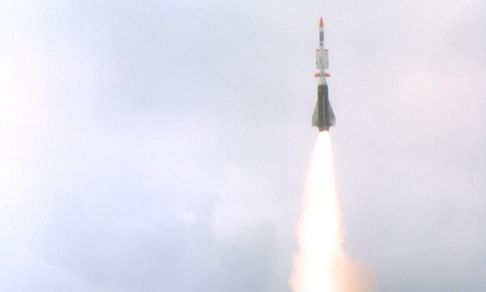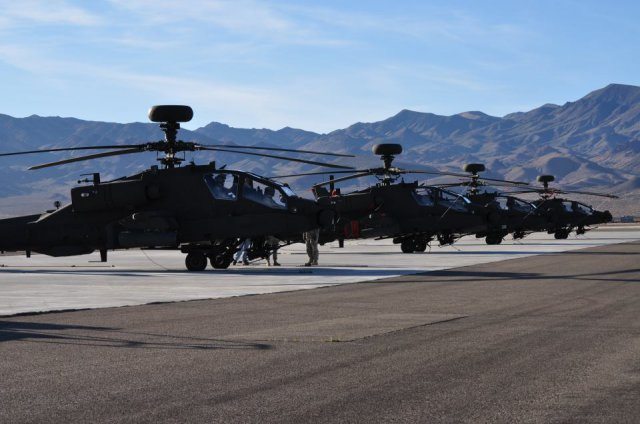The proliferation of ballistic missiles poses an increasing threat to Allied populations, territory and deployed forces. This is the reason why the Netherlands decided to contribute to NATO’s Missile Defence system.
“From intelligence we know that now more than 30 countries have or are acquiring ballistic missiles. They do not pose an immediate threat, but in the long run it could become a threat and in order to be prepared for that, we think it is important that NATO develops ballistic missile defence capability and that the Netherlands participates in contributing to that capability,” says Pieter-Henk Schroor from the Dutch Ministry of Defence.
Contributing to collective defence
At the moment, NATO is developing the command and control arrangements for the Missile Defence System. Sensors and interceptors will be provided by nations or groups of nations through voluntary contributions. The national contribution of the Netherlands will be to upgrade four air-defence frigates with extended long-range “Smart-L” radar systems.
The new radar will form a part of the NATO missile defence architecture. After modernisation it will be able to detect and track incoming missile threats at a distance of more than 1000 kilometres and pass that information to NATO’s air defence system, which can then conduct an intercept.
“All systems that are part of the ballistic missile shield are interconnected through networks. So they will be able to pass information and track data. Once the ship with the modernised Smart-L radar detects this ballistic missile, all the other systems and participants would be aware of that missile,” explains Dutch Navy commander Onno Boshouwers.
Long-term investment
The cost to the Dutch government of modernising the Smart-L radar systems is between €100 million and €250 million: a significant amount in times of economic austerity. But according to Pieter-Henk Schroor it is considered as a smart investment for the Netherlands in the long term.
“We already have a long tradition in the Netherlands in working very closely together with the radar industry. This upgrade is also developed by a Dutch company and we hope that since we are the launching customer, maybe other countries will also decide to buy this system and then of course this will lower the cost.”
Although defence budgets are under pressure, the Netherlands still considers it important to invest in new technologies. This investment defends Dutch security and the security of its fellow NATO members.











